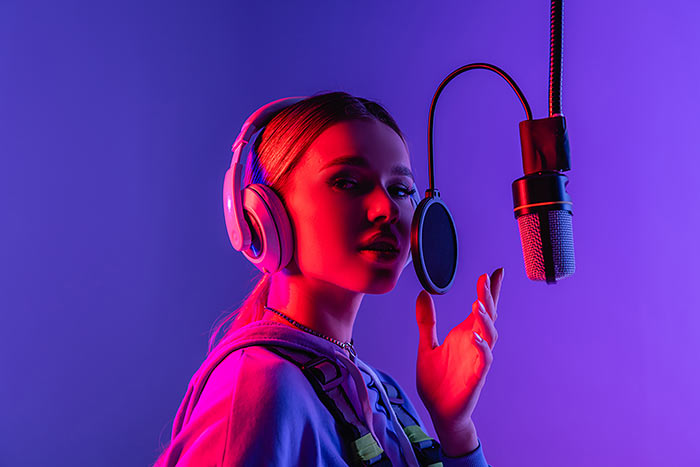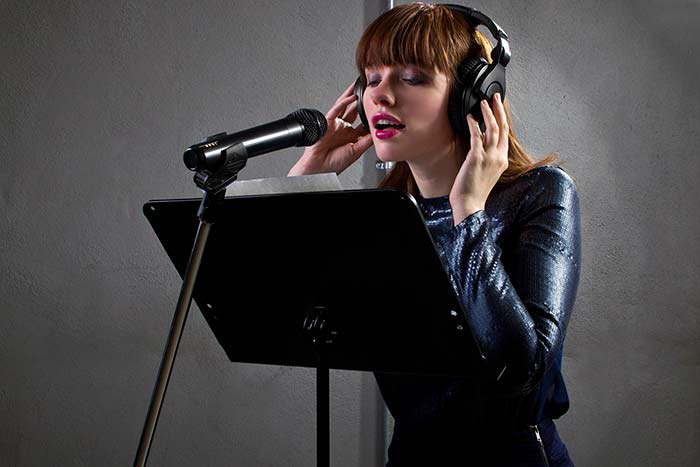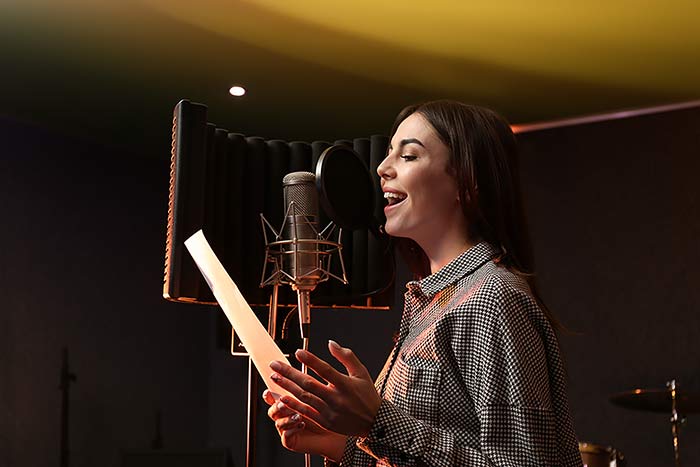Writing songs can be one of the most wasteful artforms out there – many songwriters write several tracks and, often, only a small percentage actually gets released. As with everything else, it takes a lot of practice, time and effort to become a good songwriter, but have you ever wondered how to write a hit song?
We’ve come across a study from 2017 that analysed Billboard Hot 100 songs between 2014 and 2015 and found similarities across all of them, which could potentially indicate why they appeal to a wider audience. In this article, we’ll talk about 2020 music trends too! While there is no secret recipe for a song’s success and it depends on a number of factors, we hope this gives you some tips and tricks to make your songs more commercially appealing, if this is what you’re going for.
Analysis of Billboard Hot 100 songs 2014-2015
In a study from 2017, a group of researchers compared and meticulously analysed songs from Billboard Hot 100, between 2014 and 2015. While these songs are from 5 years ago, the findings still may be relevant to this day, so it’s interesting to explore what they found. Here are the main elements discussed in the study.
Introduction length – researchers found that introduction length for the most popular songs averaged at 12 seconds and some songs had no introduction at all, opening up with the main vocal straight away. Longer intros used to give radio DJs time to talk over them, however, today’s listeners can easily skip a non-engaging intro or even the whole song if it doesn’t grab their attention right away. A shorter, punchier intro will be much more likely to capture your audience’s attention.
Song length – most of the songs analysed in the study were under 4 minutes, with an average song length across 958 songs of 3 minutes 44 seconds. This is actually a slight increase from the days where music was mostly discovered through radio, since other media sources don’t have tight restrictions on the track length.
Song tempo – the audience’s ability to dance to a hit song has become a crucial factor since the 1970’s. The data showed that the average tempo for songs analysed was around 116 bpm and setting the song’s tempo to 120 bpm or faster makes it more ‘danceable’. This can be particularly important for pop and EDM songs.
Genre – the majority of the songs analysed were in the pop genre, particularly, tracks that charted the highest on the Billboard Top 100. This was closely followed by hip hop, then country, r&b, rock and then Latin and religious genres as the least popular. It is worth noting, that ‘pop’ genre often refers to songs that are popular and encompasses pop artists like Katy Perry, as well as indie rock musicians, so it can be harder to distinguish their individual subgenres.
Song archetypes – it’s important that song topics allow the listener to connect and relate their own emotions to the music and lyrics. It’s unsurprising that the most popular archetype in Billboard Top 100 songs was the ‘lover’, in fact it featured in 62% of them. This was followed by warrior/hero where the main character overcomes difficulty and ruler, someone who is in control of their life. Other popular topics and archetypes were the partier, the innocent, sage and everyman. Main messages observed in majority of songs were overcoming the odds, enjoying life and having fun, and rebelling against authority for love.
Use of title in the song – while the use of title in the song didn’t necessarily show a strong relationship between its repetition and the song’s success, it is worth noting that only 4% of the songs didn’t use the song title in the lyrics and most songs averaged the use of title 12 times.
Song form – interestingly, popular songs have started to abandon the traditional AABA song form and experiment with different approaches. 21% of them started with a chorus or a short hook and then a chorus, continuing the trend of shorter or no intros. Researchers also observed the disappearance of the third verse and introduction of the post-chorus, as a way of adding another hook to the track. The bottom line is, don’t be afraid to experiment with traditional song form when writing your own music.
Collaborations and multiple songwriters – one defining factor in hit songs is multiple songwriters. Only 5.5% of the tracks observed had credited a sole songwriter, and the average was around 4 writers per song. While this didn’t necessarily ensure a song’s success, having more than one writer on a track can bring new ideas to your project, however, there is also a downside of loss of authenticity and a disjointed project as a result. Collaborating with another artist, such as adding rap on a third verse helped to attract a wider audience of music lovers, so next time you’re writing a song, it might be worth inviting another artist to collaborate with you.
What musical trends should you look out for in 2020?
In today’s market, song lengths are once again becoming shorter. The average track length of top 40 songs last year was 3 minutes and 7 seconds, which is a 30 second decrease from 2018. This is caused by playlisting and artists wanting to grab the attention of their listeners immediately. You can use this to your advantage by making your most popular songs shorter, as they could serve to attract a wider audience to the rest of your project. Genres are also becoming blurred, for example, Lil Nas X’s and Billy Ray Cyrus’ collaboration ‘Old Town Road’, which featured hip hop and country influences, as well as a Nine Inch Nail’s sample. The same conversation surrounded this year’s Grammy awards, as many felt that the artists were often placed in the wrong categories, or that the categories themselves were too narrow. We will likely see a lot more influences from different genres blended together, which could introduce us to a lot of really exciting music. Additionally, people no longer tend to follow just one genre, but rather the mood and culture surrounding it, so that is where the focus of today’s artists should lie. We are also seeing a resurgence of the 80’s with Dua Lipa’s and The Weeknd’s latest records, and it is likely that this trend will continue into 2020. It’s worth remembering that music production techniques and trends change all the time, similar to fashion, and while you can implement some of them in your own songs, don’t overdo it and make sure that any production techniques you use are still authentic to you. Finally, music is becoming more accessible to everyone, which means we will hear from a lot more artists and all of us have a lot more control over what we listen to. You can also achieve so much with very basic equipment. A great example of this is Finneas, who won multiple Grammy’s for producing Billie Eilish’s album ‘When We All Fall Asleep, Where Do We Go?’, which was produced in his bedroom. It does mean that many have access to the same production tools that you do, therefore, focusing on how you can differentiate and innovate, could make you stand out. In the case of Finneas, he is known for using unconventional sounds, such as everyday items for his drum samples, etc. Think about how you can use the technology available to you in the most creative way possible.
Tags: Songwriting tips, Tips for writing songs






